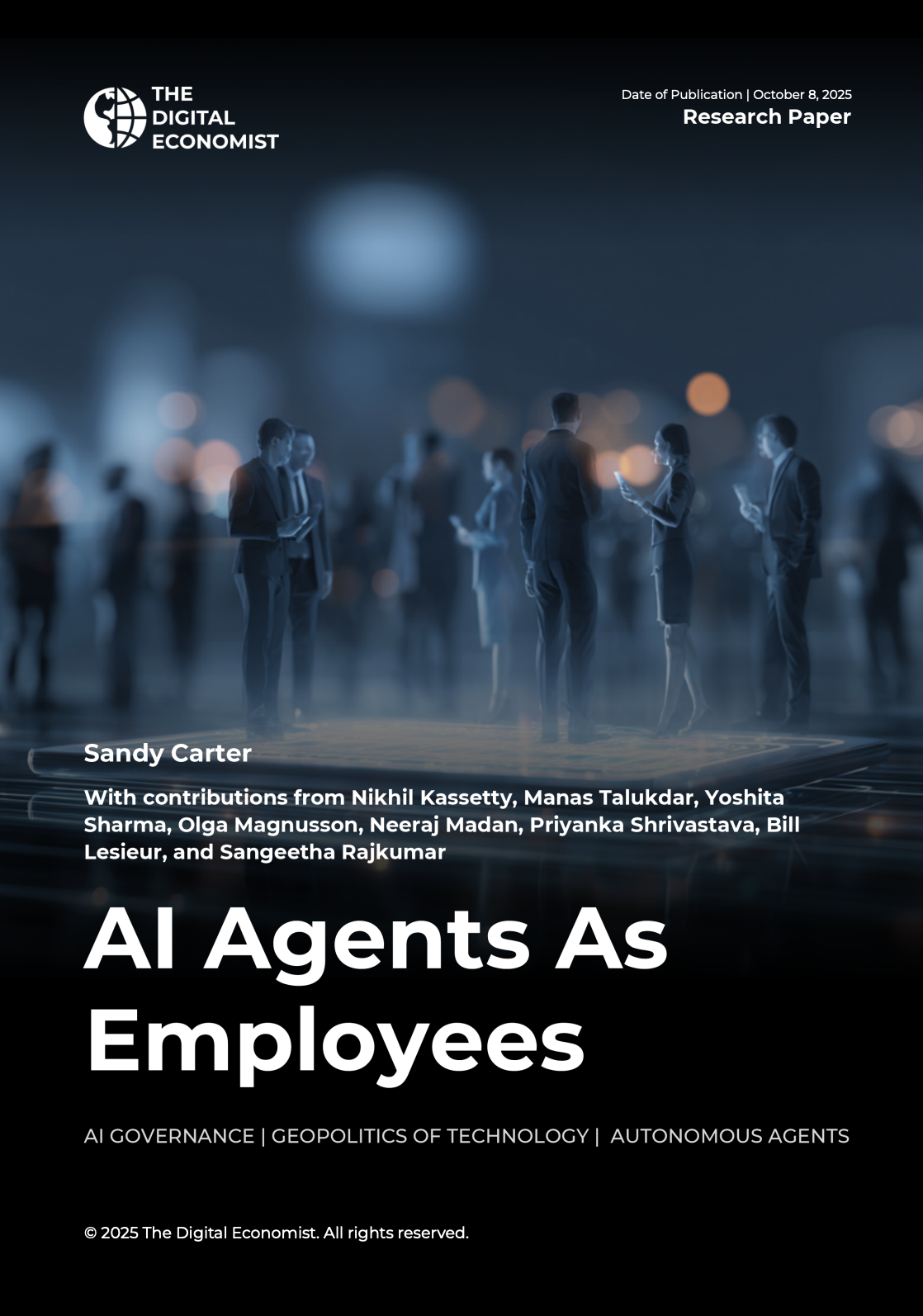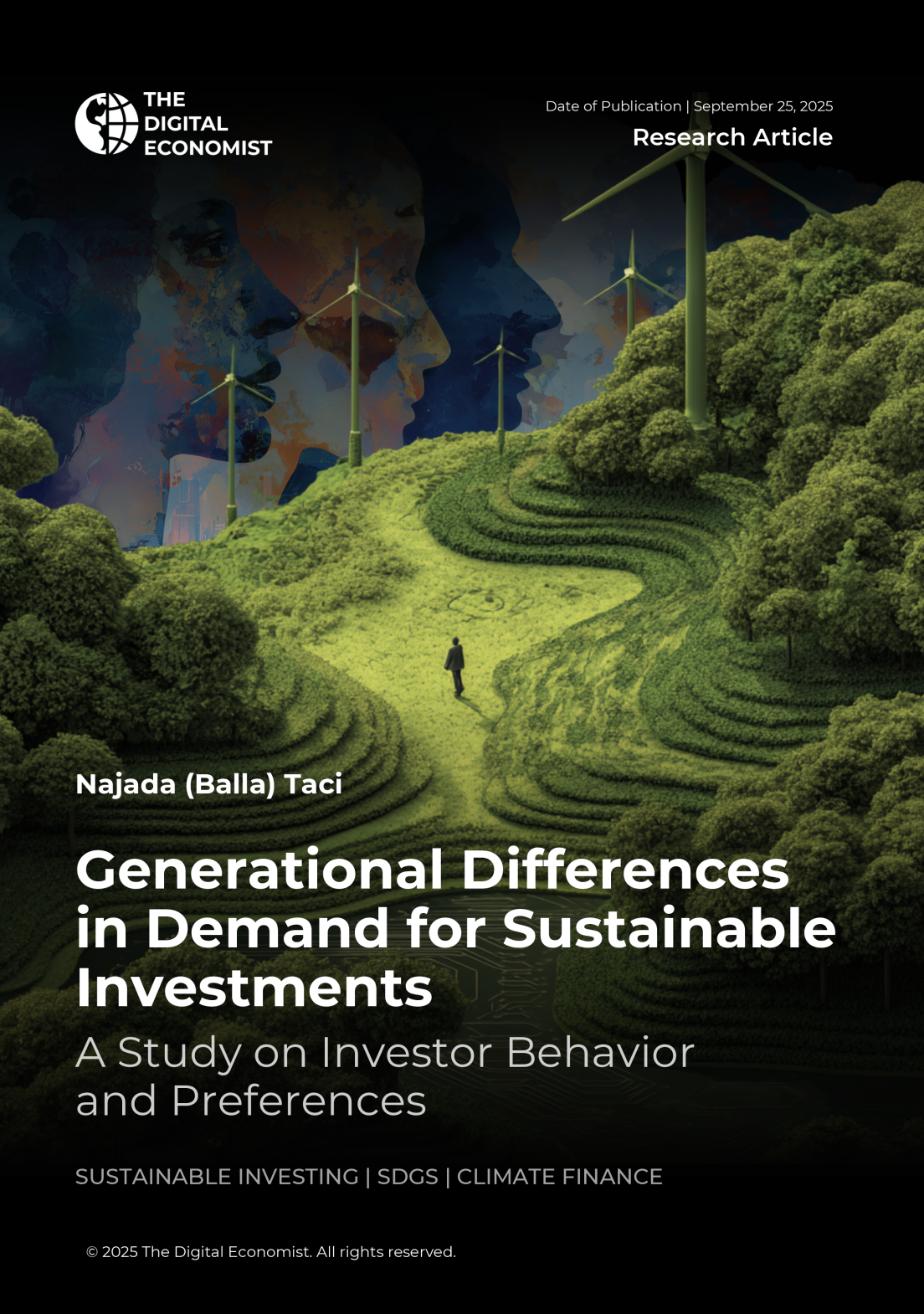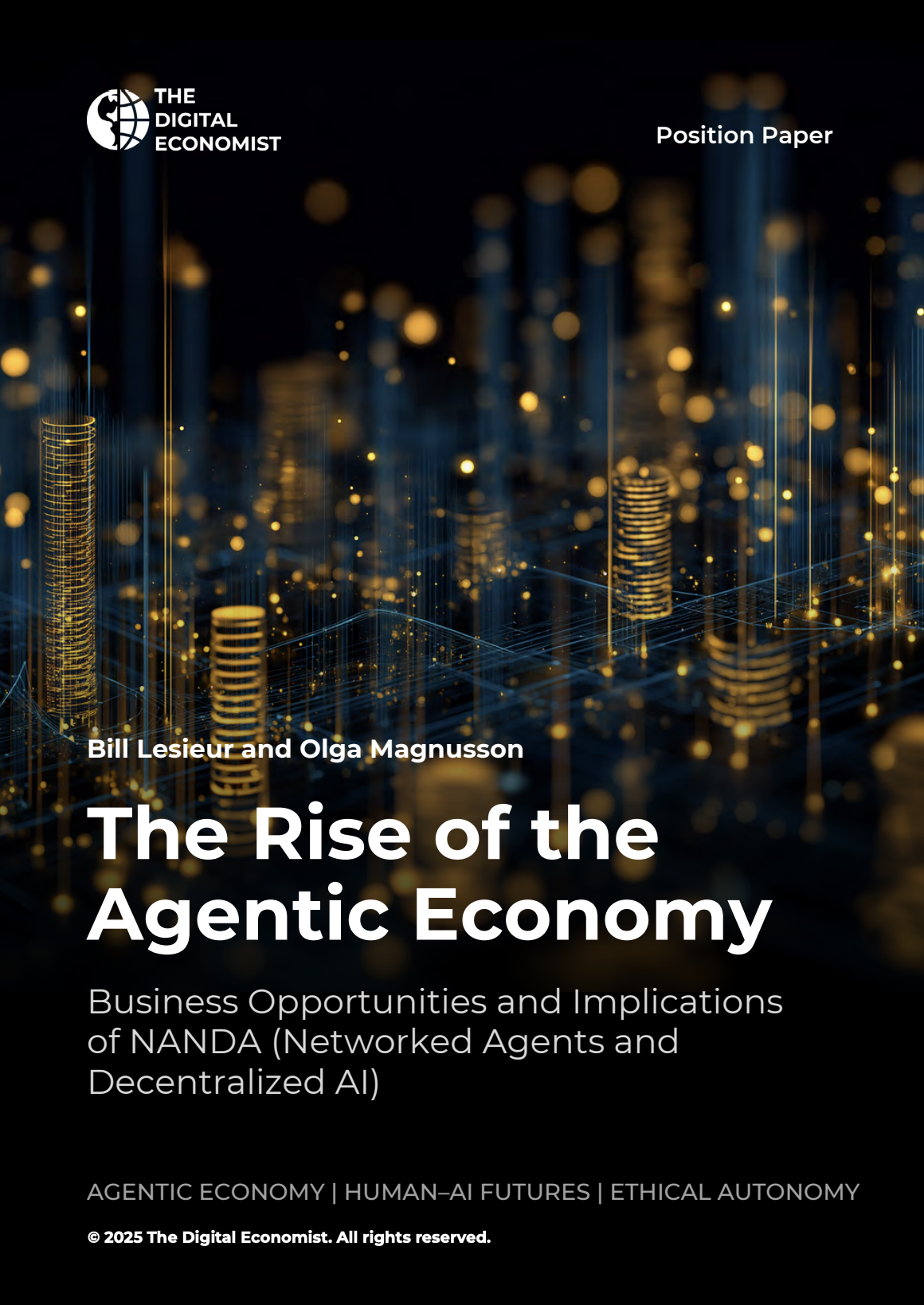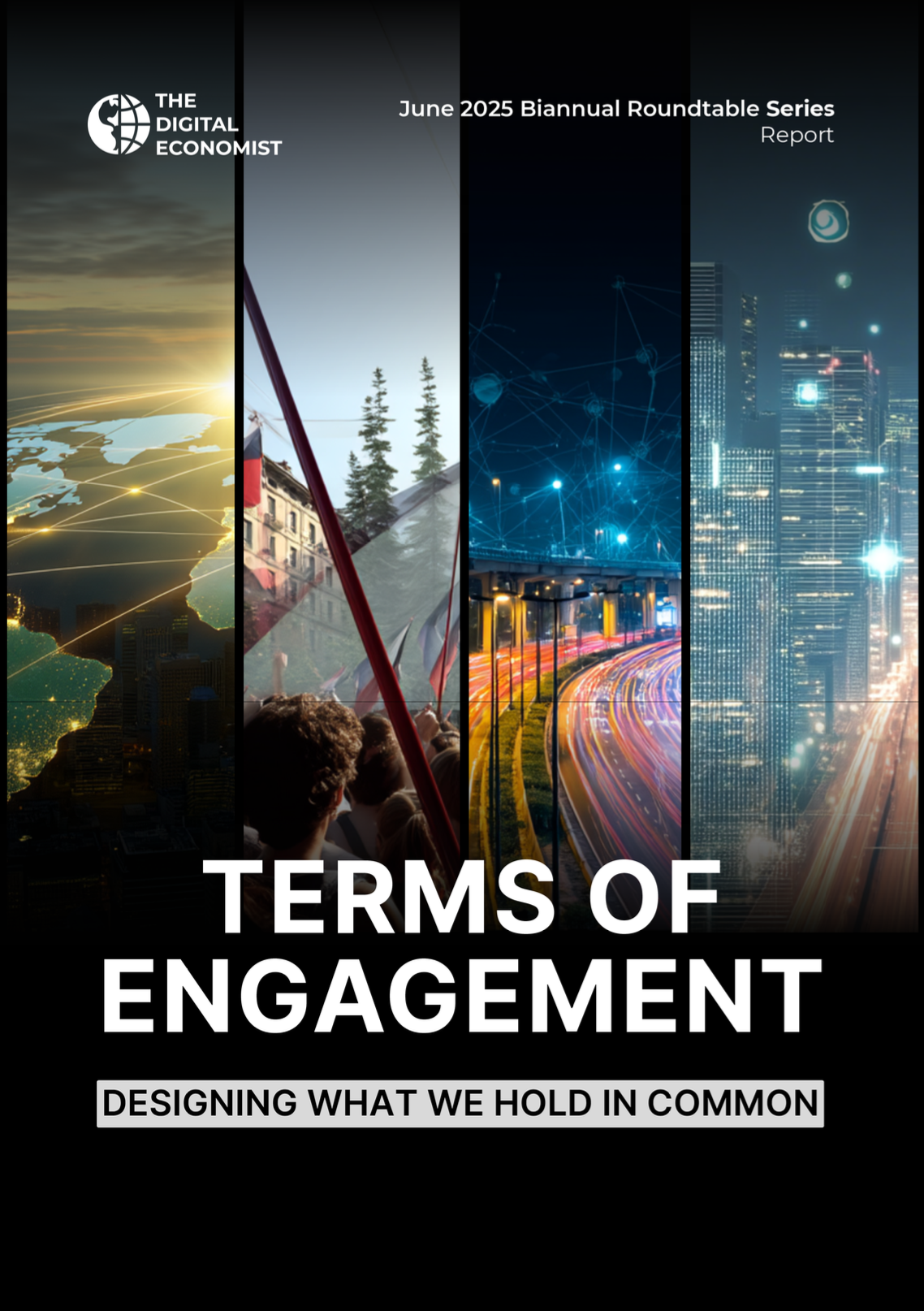
Artificial intelligence (AI) and automation are transforming the modernenterprise at an unprecedented pace. From customer service to logistics,financial analysis to product design, organizations are deploying AI to enhancedecision-making, increase efficiency, and unlock new business models. Over thepast decade, traditional AI methods like prediction, classification, clustering, andoptimization, have delivered measurable improvements by analyzing data andsupporting human tasks.However, a new paradigm is emerging: AI is shifting from a tool that supportswork to an entity that performs work.This evolution is driven by the move from large language models (LLMs) thatrespond to prompts toward AI agents that drive action. An LLM is trained on vastamounts of text to understand and generate human-like language. Models likeGPT-4 and Claude are generative and reactive, providing answers, content, orsummaries upon request. AI agents go further. They are proactive, autonomousentities capable of initiating tasks, making decisions based on objectives,interacting with APIs and software systems, and collaborating with both humansand other agents.Unlike classical AI, which is domain-specific and narrowly scoped, agents can begoal-driven, context-aware, and continuously learning participants in dynamicenvironments.This paper explores a compelling frontier in AI adoption: the emergence of AIagents as legitimate “employees” within organizations. As these digital agentsbegin to take on roles traditionally held by human workers—executive assistants,financial analysts, or marketing strategists—they raise new questions aboutproductivity, collaboration, governance, and the future of work.The goal of this paper is to examine the architecture, applications, and implicationsof integrating AI agents into organizational structures. The central question is:Can AI agents really be teammates and not just tools?



